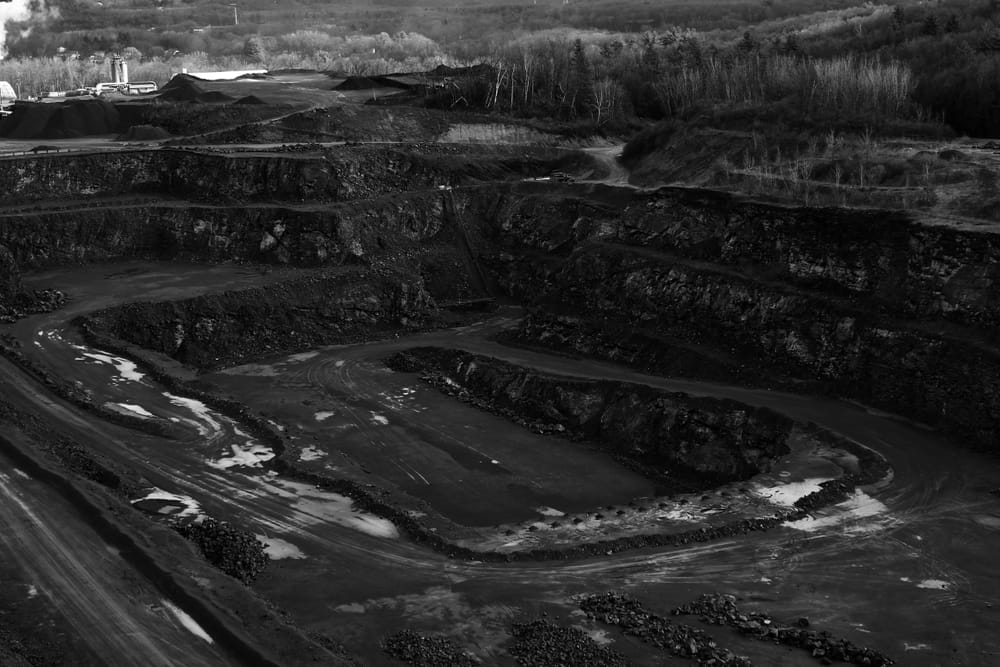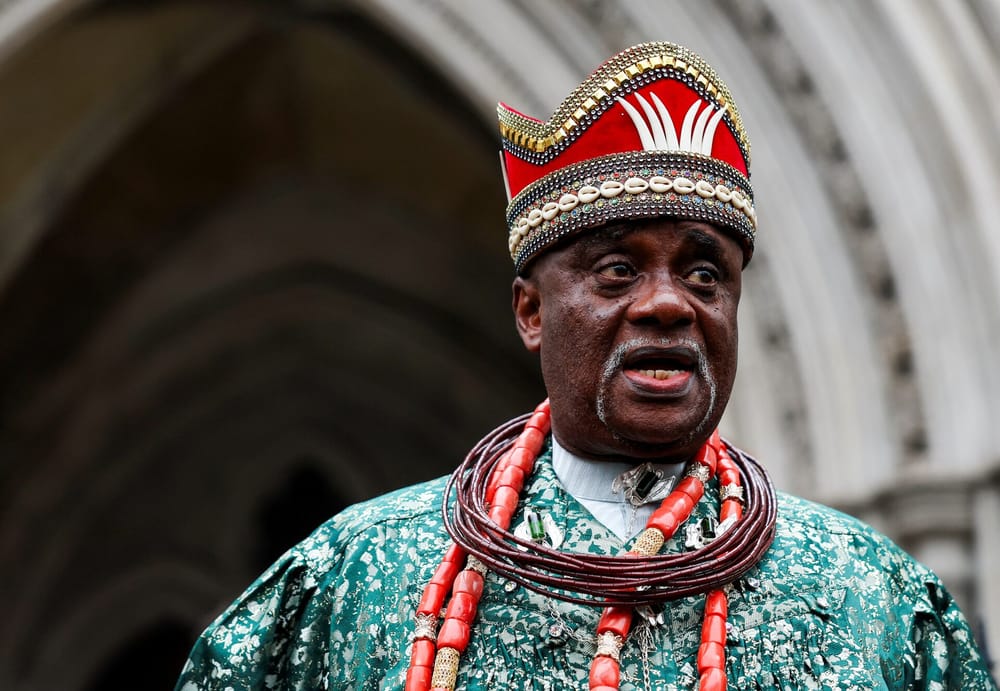Summary:
- The future of decarbonization is facing new uncertainties, from AI’s shifting energy demands to weight-loss drugs reducing food (and oil) consumption.
- The clean energy transition is booming, yet fossil fuel use is still climbing, making this a complex moment in the fight against climate change.
- China’s cheap EVs, supply chain shifts, and global policy shifts could reshape how we power the world—if infrastructure can keep up.
If you think predicting the future of clean energy is straightforward—think again. Every year, energy expert Nat Bullard releases his much-anticipated deck on the biggest trends shaping the green transition. And this year, it’s clear: things are more unpredictable than ever.
We already knew that AI and data centers would require a massive amount of electricity, but now Chinese startup DeepSeek claims it can slash AI energy consumption, meaning today’s power-hungry data boom could peak and then crash. Meanwhile, Ozempic and weight-loss drugs are subtly changing global food demand, which could, in turn, lower oil consumption as less farmland is needed to produce biofuels and other agricultural products. These shifts weren’t even on the radar a few years ago, yet now they could rewrite decarbonization forecasts entirely.
The Energy Transition’s Paradox: More Renewables, More Fossil Fuels
Bullard points out that while 2024 was a record year for wind, solar, and battery installations, fossil fuel demand alsohit all-time highs. "We are burning more fossil fuel and emitting more CO₂ than ever," he says. "At the same time, we are manufacturing and installing more renewables than ever before. It is a complex moment.” In the U.S., new clean energy projects are getting stuck in a grid interconnection backlog, with wait times tripling over the last two decades. It’s like building a highway but forgetting the on-ramps—renewables are ready to go, but the system isn’t built to handle them fast enough.
Weight-Loss Drugs Might Change Oil Demand
Here’s a curveball: Bullard highlights how drugs like Ozempic and Wegovy are altering food demand—and that could have ripple effects on energy. People taking these drugs buy 11% fewer chips, 7.2% less cheese, and 5.8% less meat, leading to a potential decline in global agricultural output. And since crops like corn and soy are major sources of biofuels, this could eventually lower demand for oil. If fewer crops are grown, where do those excess calories go? Do we repurpose farmland for bioplastics? Or do global markets simply shrink? These are the kinds of unexpected shifts that make long-term energy planning harder than ever.

The Chinese EV Takeover & Battery Oversupply
Another major theme? China is dominating the global EV market, manufacturing nearly 40% of the world’s passenger cars—up from just 3.5% in 2000. Cheap electric vehicles from companies like BYD and Geely are flooding developing markets, pressuring legacy automakers like Toyota, which have been slow to transition. Meanwhile, lithium-ion battery prices dropped again in 2024, with global demand surpassing a terawatt-hour for the first time ever. But here’s the kicker: we might be producing too many batteries.
If used EVs from Europe and China can’t find a resale market in developing nations, what happens to those batteries? Are they recycled? Repurposed? Scrapped? A glut of batteries could completely upend the economics of EV production, changing trade flows and reshaping sustainability efforts around car manufacturing.
So…What Happens Next?
Forecasting decarbonization used to be about tracking renewables, phasing out fossil fuels, and improving infrastructure. But Bullard’s report makes one thing clear: the clean energy transition is full of wildcards. From AI’s energy efficiency to the unintended consequences of weight-loss drugs, the future of climate action won’t just be shaped by solar panels and wind turbines—it’ll be influenced by everything we consume, use, and invent.
The challenge? Staying ahead of the curve. Because if history tells us anything, it’s that energy transitions never happen in a straight line. And right now, the road ahead is looking anything but predictable.








